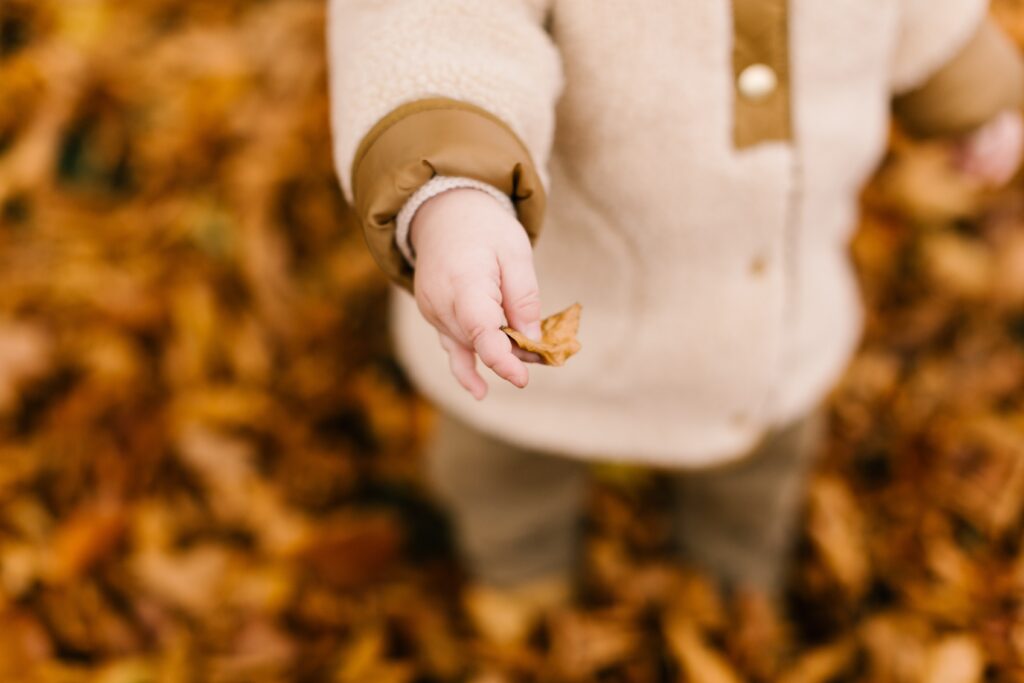
In the grand scheme of seasons, fall may very well be my favorite.
With fall comes a slew of beloved seasonal traditions: pumpkin carving, apple picking, Oktoberfests, and the creeping out of cozy sweaters.
And yet, there’s one aspect of fall that I enjoy least. That’s the annual raking of leaves from my backyard, only to bag them up and send them off to landfills where they’ll take time to decompose—while damaging the environment.
If, like me, lawn maintenance has your fall feelings down and out, then I have some good news for you. According to the United States Department of Agriculture, rakes are officially out and rotten leaves are in.
Read on for a defense of rotten leaves and why, this year, you should leave your leaves alone.
The History of Rotten Leaves
Despite the commonplace nature of raking fall leaves, this practice wasn’t always the mainstream recommendation of premium lawn care.
In fact, if we look back to The Farmers’ Almanac of 1844, we’ll find a recommendation to leave rotten leaves on the ground, in order to prepare a natural compost going into the new spring.
This recommendation mimics nature’s instinctive practice, as lands untouched by humans have been dropping and decomposing leaves for new spring life since time began.
Manager of Slippery Rock University’s Macoskey Center for Sustainable Systems Education Research, Sami Laurence, describes fall as “nature’s composting season in many ways. Because things are breaking down in the natural world.”
She continues, “this is really the start of a natural process of decomposition, and that leads to nutrient-rich soils for plants to grow.”
While this lawn care method has since gone out of fashion, government agencies, lawn care experts, and environmentalists are now moving back to this age old wisdom, citing that leaves not only help suppress weeds throughout the winter, but also decompose and break down to become natural fertilizer.
The Benefits of Rotten Leaves
Despite the belief that leaving leaves will suffocate the lawn and leave them patchy, this isn’t the case.
According to The Farmer’s Almanac blogger Robin Sweetser, “pound for pound, leaves contain twice the mineral content of manure,” making it more powerful than the normal fertilizer and mulch that homeowners purchase each year.
By using leaves, homeowners are saving money on fertilizer and mulching that leaves will naturally do for free.
Environmentally, rotten leaves also act as food, shelter, and nesting or bedding throughout the winter for wildlife, bugs, and microorganisms. Moths and butterflies are known to winter in leaf litter, with birds and toads hiding beneath the leaves or picking through them in search of food.
This far and away beats the alternative of placing leaves in landfills, which FoodCycler warns can produce methane gas (CH4), which is 25 times worse for the environment compared to CO2 and traps atmospheric heat.
Maintaining a Tidy Lawn with Rotten Leaves
If leaving leaves can lead to healthier soil, less landfill waste, and cost-saving opportunities, why would people be hesitant to leave their leaves alone?
The largest reason stems from curb appeal.
Simply put, a rotten leaf-ridden lawn doesn’t look as nice as a raked and cleaned lawn. HOAs (homeowner associations) can also enforce raking or mulching in accordance with homeownership rules and regulations.
If neighbors, HOAs, or simply the desire to have a clean-looking lawn have you hesitant to leave your rotten leaves, there are still ways to embrace this environmentally-friendly practice without frustrating your neighbors.
A better method would be to rake parts of your lawn tidily onto garden beds, allowing the leaves to break down in designated areas. If you don’t have garden beds available, consider investing in an outdoor compost and raking the leaves into a pile nearby. These leaves can be used for layering in compost bins to decompose fruits, vegetables, and other kitchen scraps.
If neither option above works for you, consider mowing your leaves with a mulching lawnmower, which helps to return the carbon-rich leaves back to the soil without smothering the lawn or preventing spring grass growth.
Whichever option you choose, you’ll still maintain a well-kept lawn without sacrificing the nutrients from leaves.
When You Should Rake Leaves
While moderate fallen leaf coverage is healthy for your lawn, there are exceptions for when raking leaves is ultimately better for a healthy and vibrant lawn space. According to Wisconsin Horticulture of UW Madison, if your lawn has a thick layer of leaves where you can barely see signs of grass (typically above 50% leaf coverage), it’s best to remove some of the leaves to prevent matting and smothering of grass.
Other cases where leaf removal should occur is when a tree has foliar fungal disease, which can infect next year’s emerging leaves. These leaves should be raked and removed by burying or hot composting for environmentally-friendly disposal methods.
***
Ready to say goodbye to raking and hello to more natural lawn care maintenance instead? Leave the leaves and let nature do what it does best this spooky season: bring the dead back to life in the form of new soil, new earth, and new plants come spring.
Source: Atlas Obscura, A Short History of Rakes, and Why You Should Think Twice About Using Them
Get more like this—Sign up for our daily inspirational newsletter for exclusive content!
__
Photo: Tatiana Syrikova via Unsplash




